A hundred years ago, on October 22, one of the most influential figures in postwar American art was born. Robert Rauschenberg was a visionary who dissolved the borders between painting, sculpture, photography and performance.
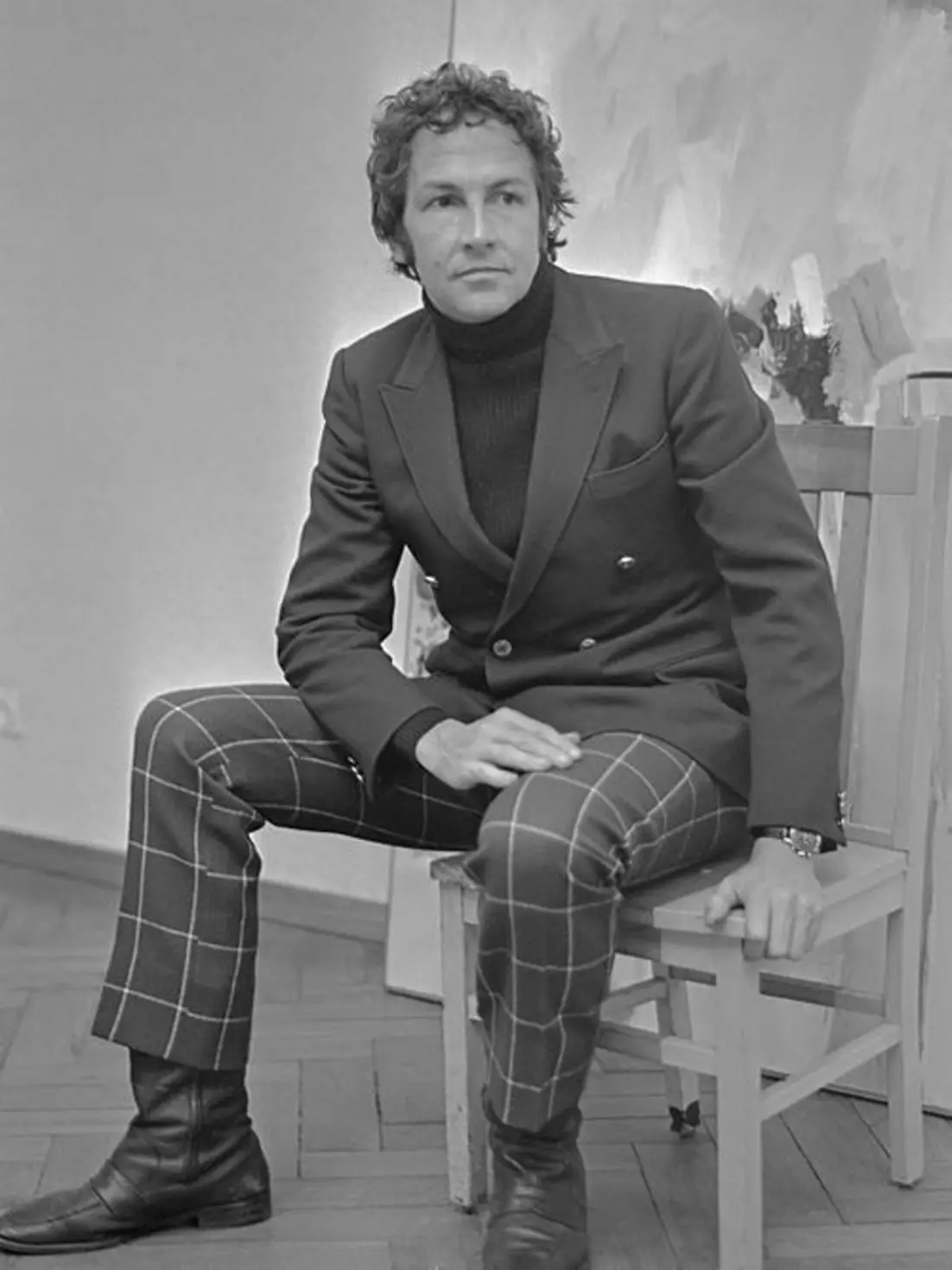
A hundred years ago, on October 22, one of the most influential figures in postwar American art was born. Robert Rauschenberg was a visionary who dissolved the borders between painting, sculpture, photography and performance.
October 22, 2025
A hundred years ago, on October 22, one of the most influential figures in postwar American art was born. Robert Rauschenberg was a visionary who dissolved the borders between painting, sculpture, photography and performance.
Rauschenberg is best known for his “Combines” (1954 –1964), a groundbreaking series that merged everyday materials with traditional artmaking. Using objects such as tires, quilts, newspapers, and even a taxidermied goat, he blurred the distinctions between painting and sculpture, bringing the messiness of real life into the realm of art.
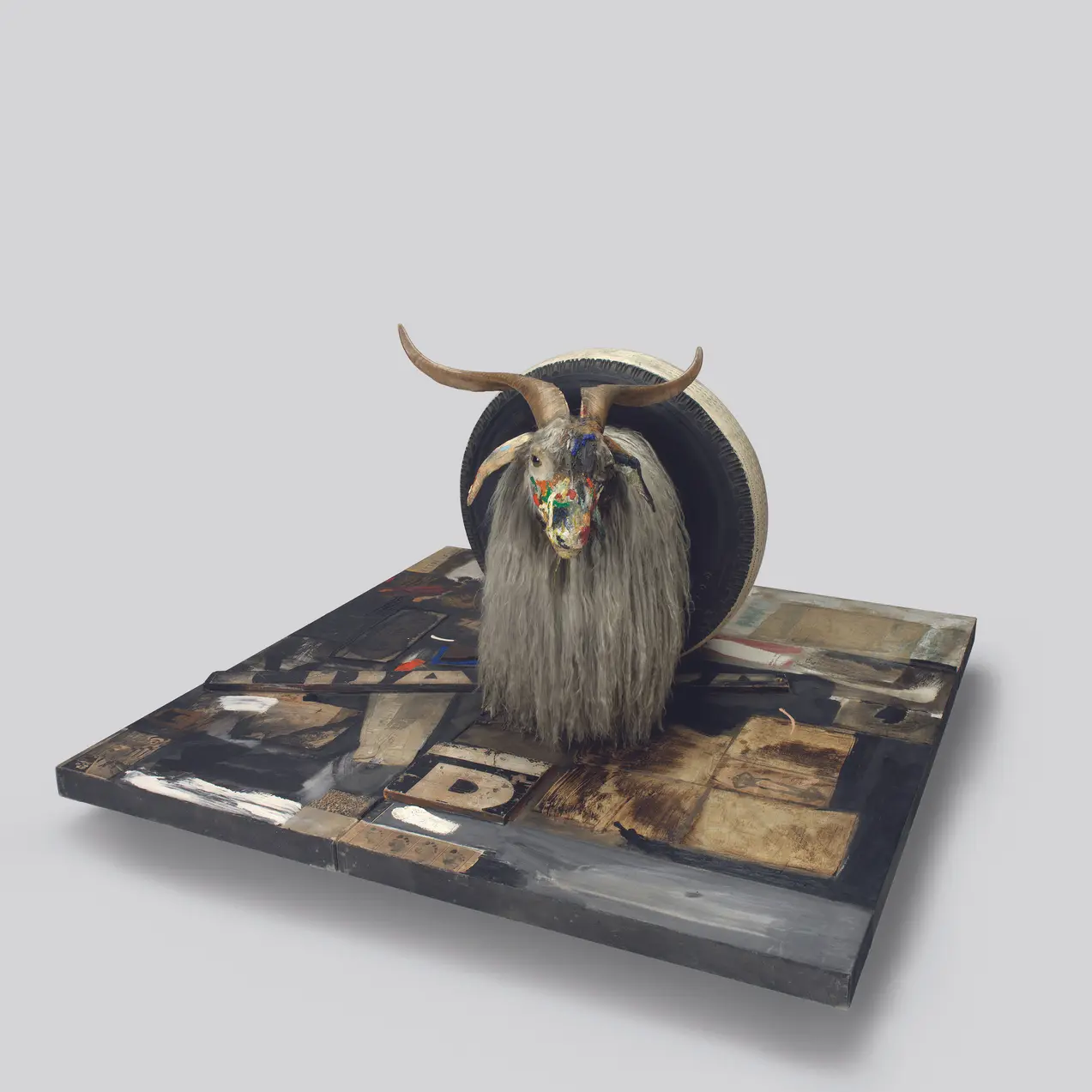
Works like Bed (1955) and Monogram (1955–59) redefined the boundaries of the medium, transforming ordinary materials into poetic, layered expressions of the modern experience.
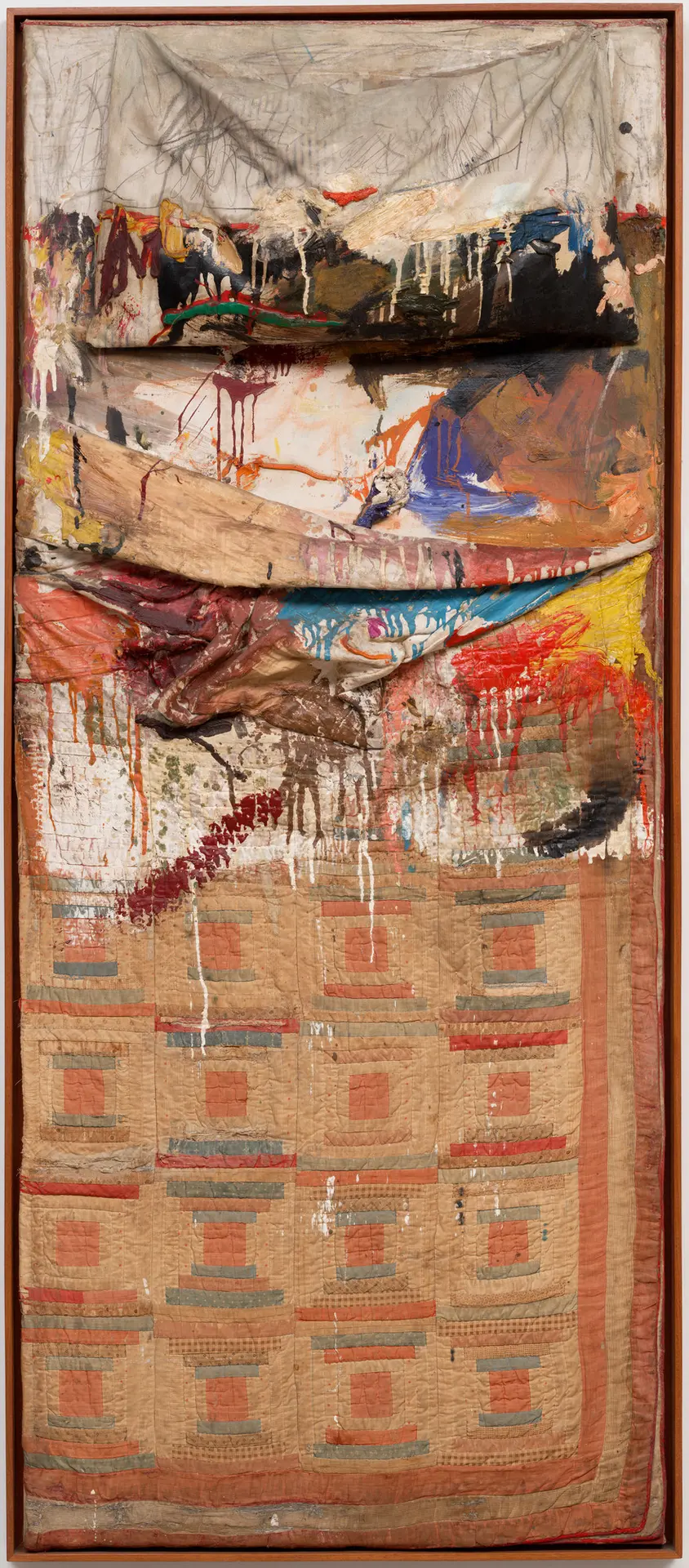
His career spanned nearly six decades, marked by constant reinvention and experimentation. In the 1960s, he turned to silkscreen printing, producing iconic works such as Retroactive I (1964), which juxtaposed images of John F. Kennedy and mass media imagery to capture the spirit of a rapidly changing world. Throughout his life, he collaborated with choreographer Merce Cunningham and composer John Cage, pioneering interdisciplinary approaches that would shape the future of contemporary art.
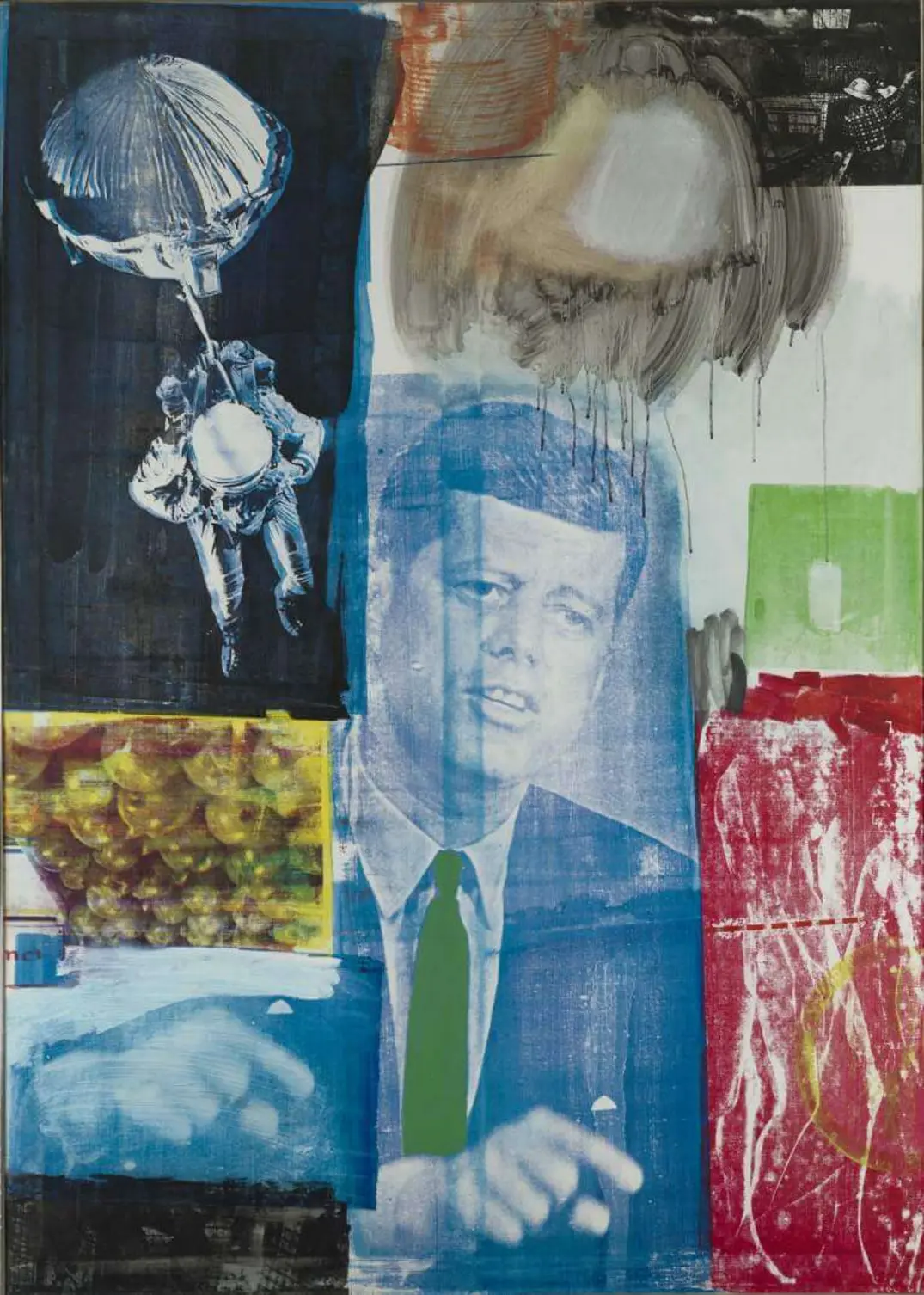
Rauschenberg’s achievements earned him numerous honors, including the International Grand Prize in Painting at the 32nd Venice Biennale (1964), the first American to receive the award and the National Medal of Arts (1993). Yet his path to art was unconventional. At 18, he enrolled at the University of Texas at Austin to study pharmacology but soon dropped out, feeling frustrated by the task of dissecting a frog and unaware of his dyslexia — a challenge that would later inform his inventive visual language.
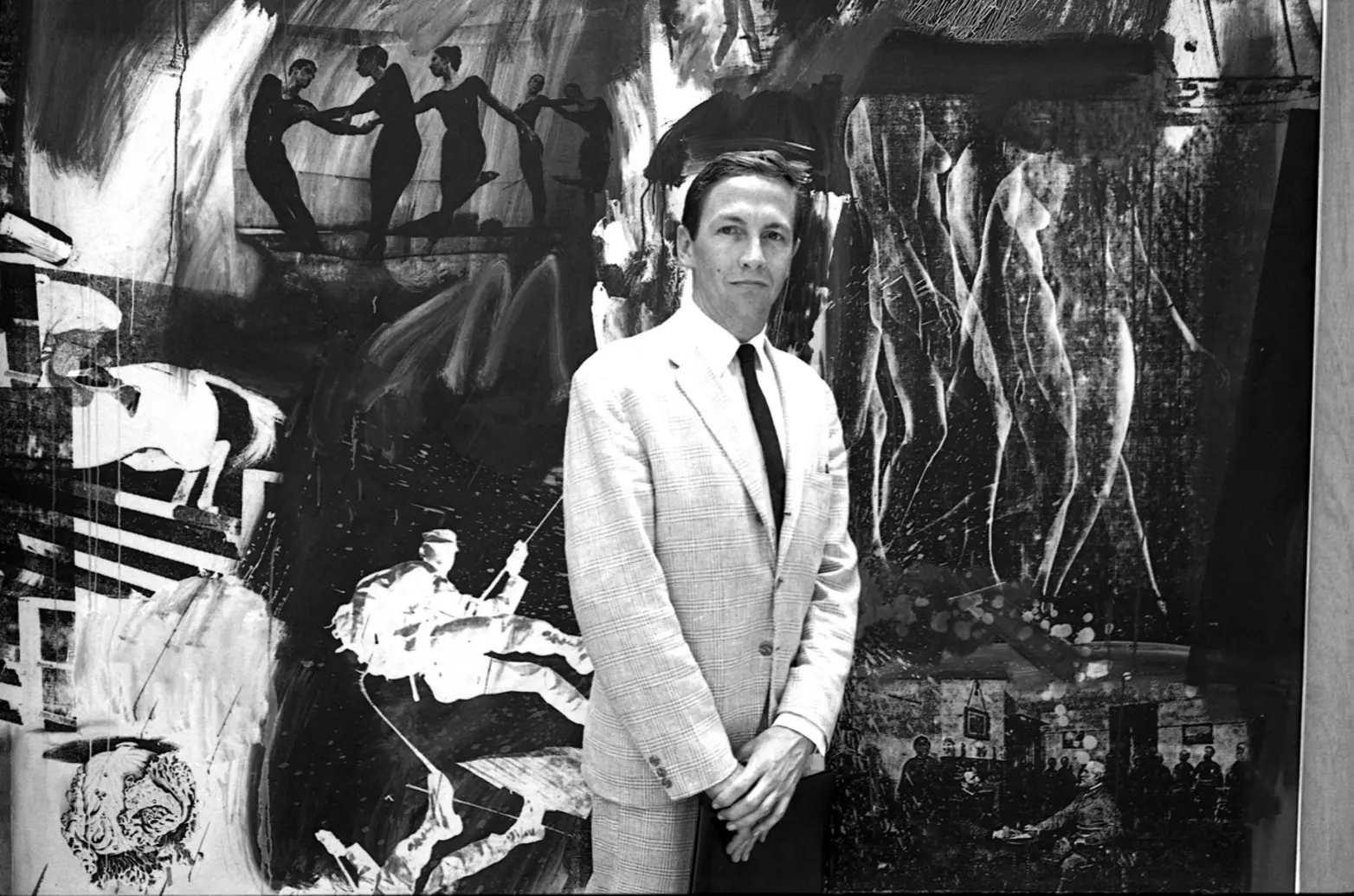
In 1998, Rauschenberg was commissioned by the Vatican to create a work for the Jubilee Year 2000. His resulting piece, The Happy Apocalypse (1999), a 20-foot-long maquette envisioning the Last Judgement, depicted God as a satellite dish — a bold, contemporary metaphor for divine communication. The Vatican ultimately rejected the work, calling the image “inappropriate,” yet the episode epitomized Rauschenberg’s fearless engagement with faith, technology, and humanity’s place in the modern world.
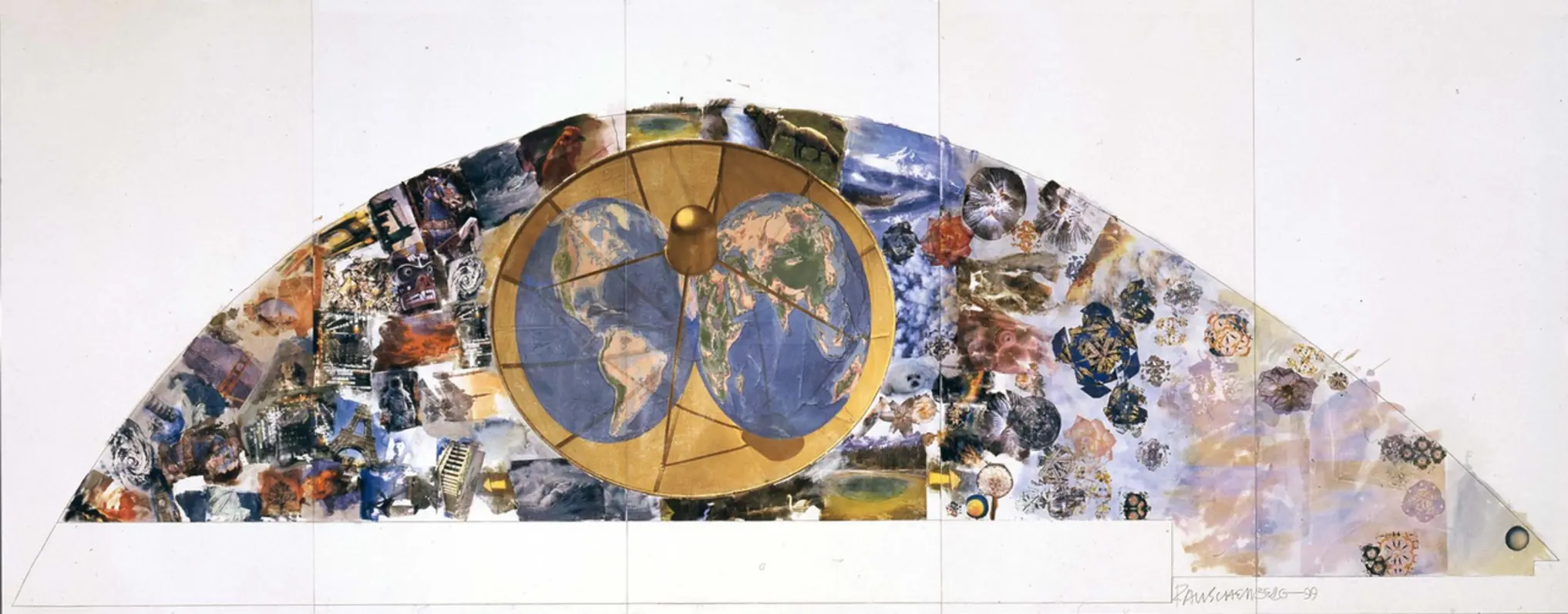
Even near the end of his life, he continued to innovate, experimenting with digital imaging and international collaborations through the Rauschenberg Overseas Culture Interchange (ROCI). His belief that art could emerge from anything and belong to everyone remains central to his enduring influence.
A century after his birth, Robert Rauschenberg’s art still challenges and inspires, reminding us that boundaries exist only to be crossed.